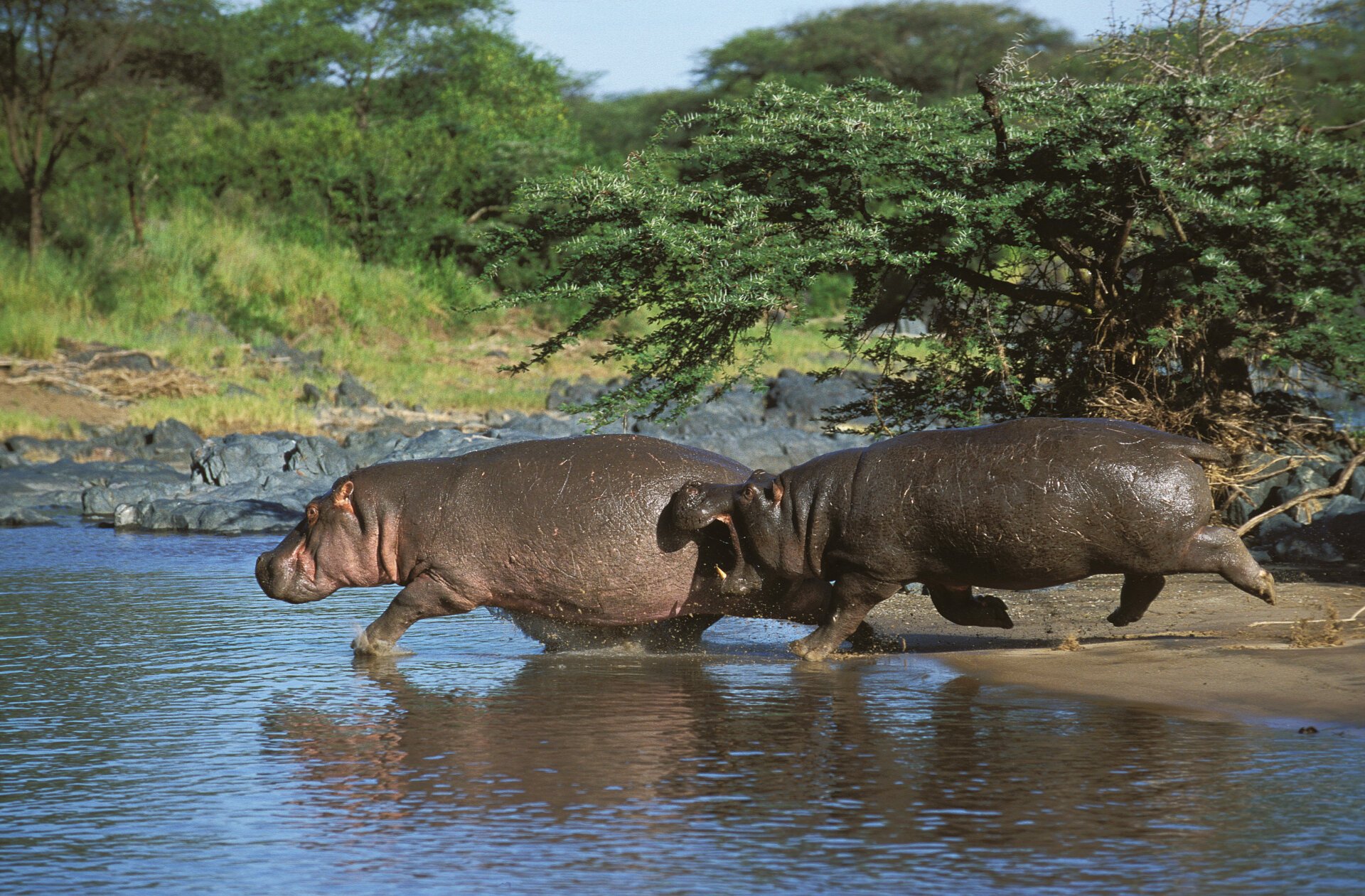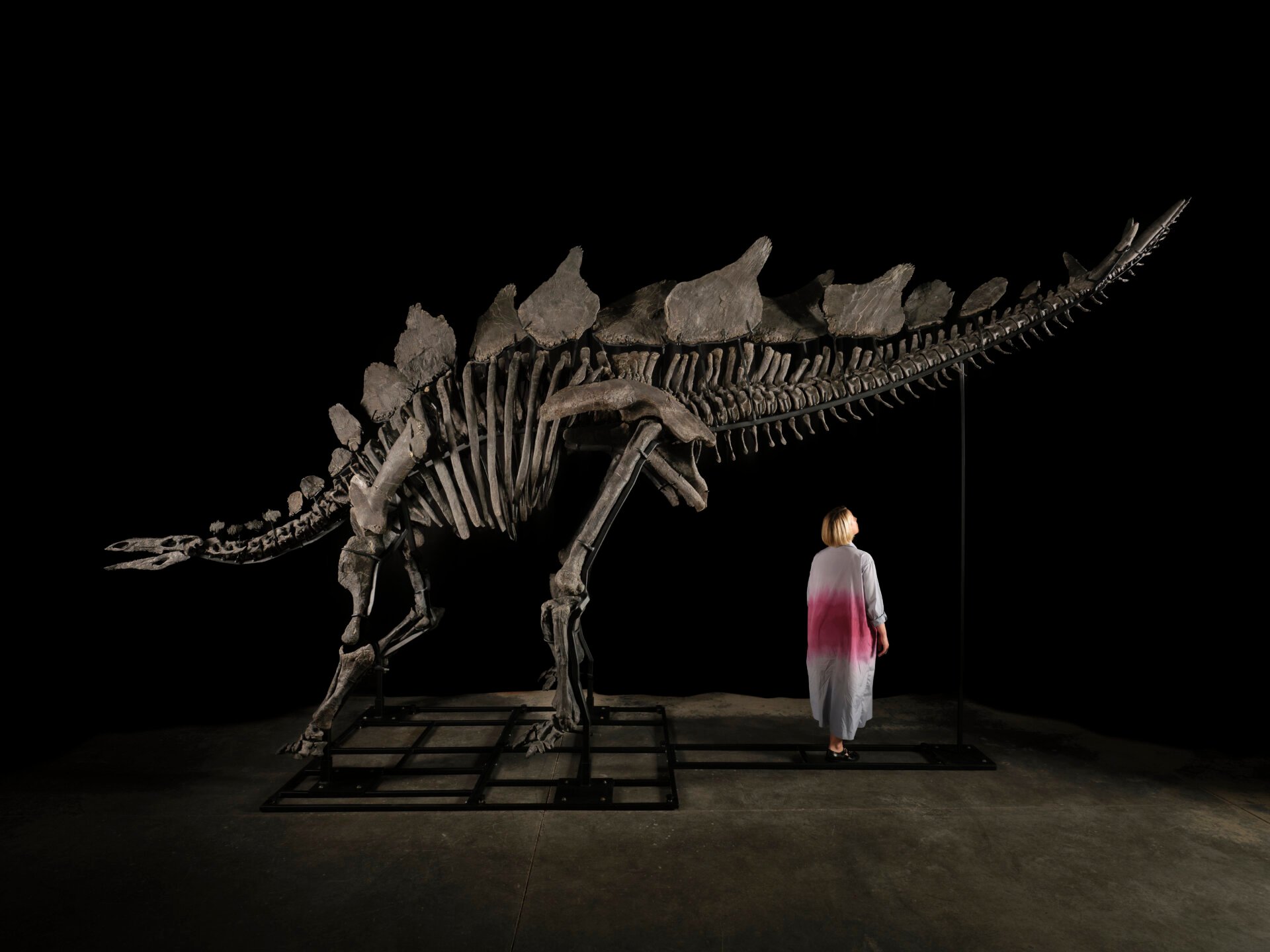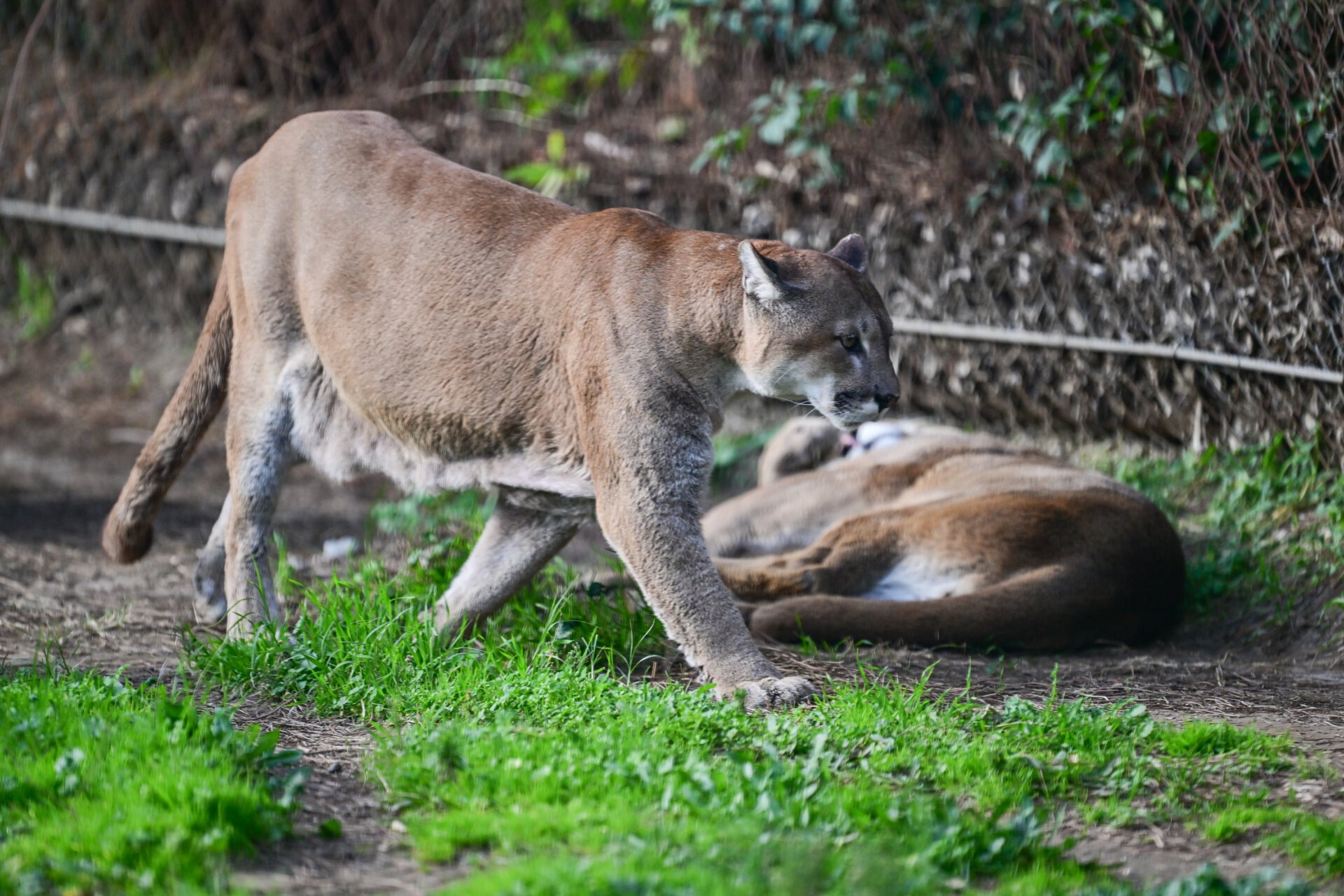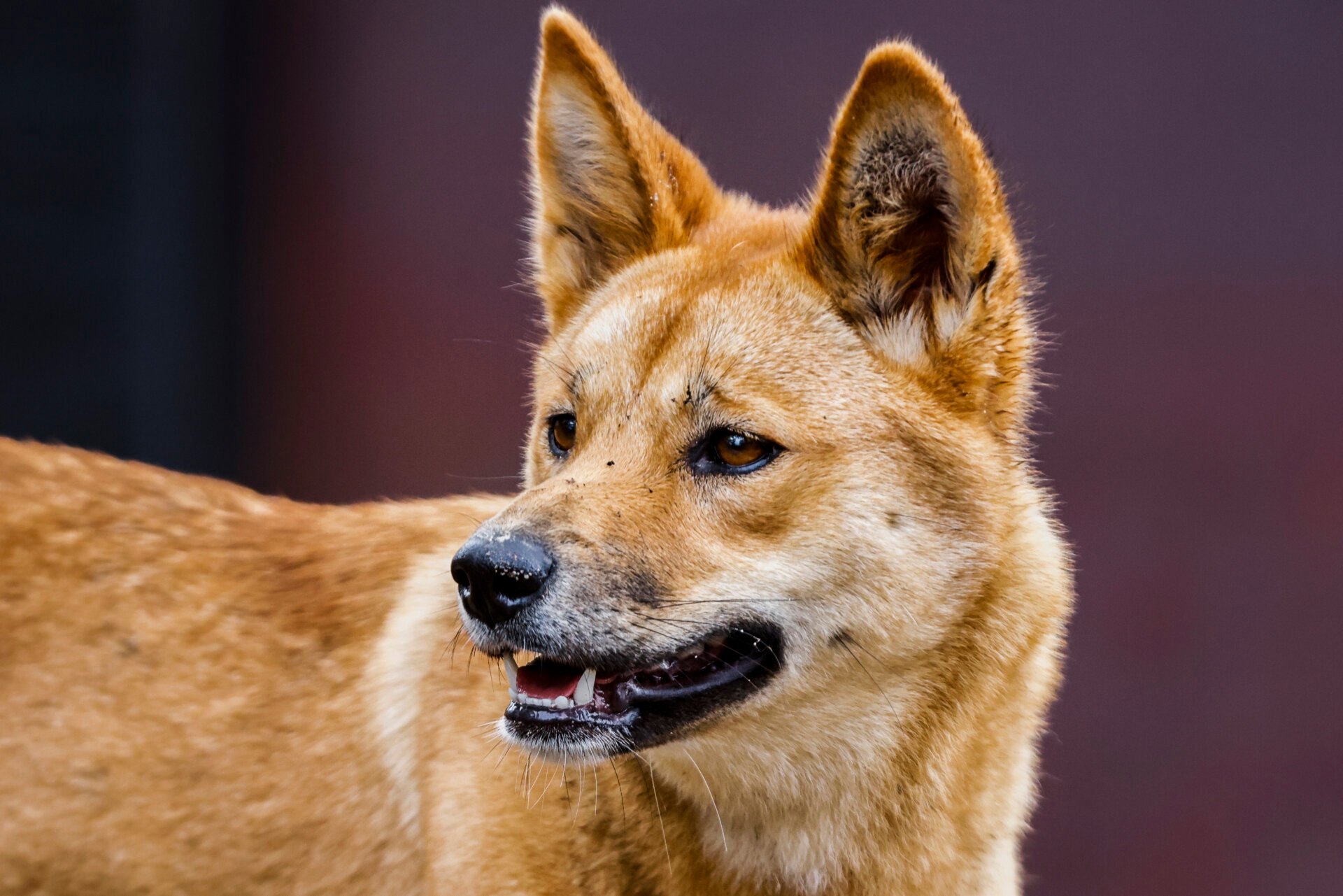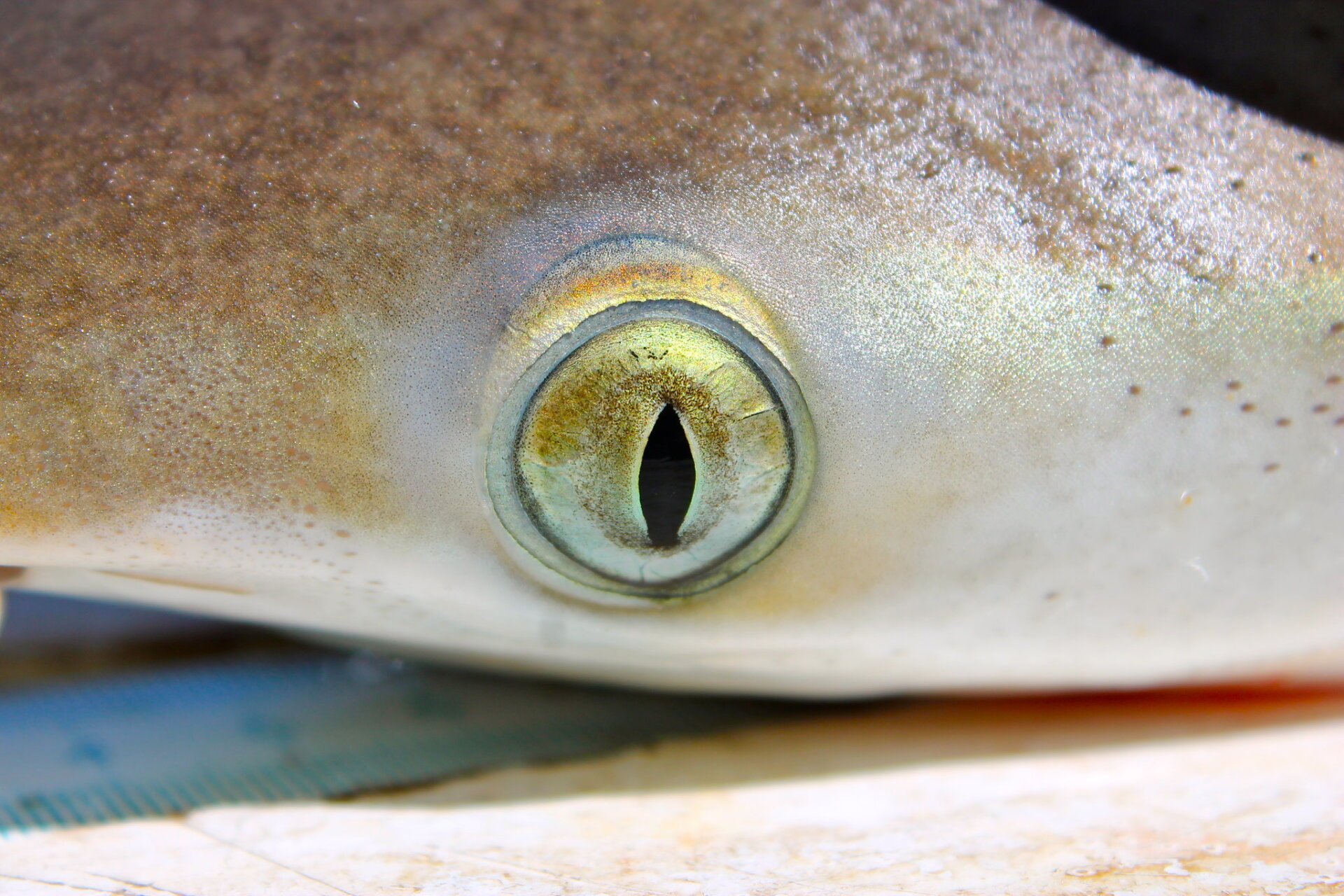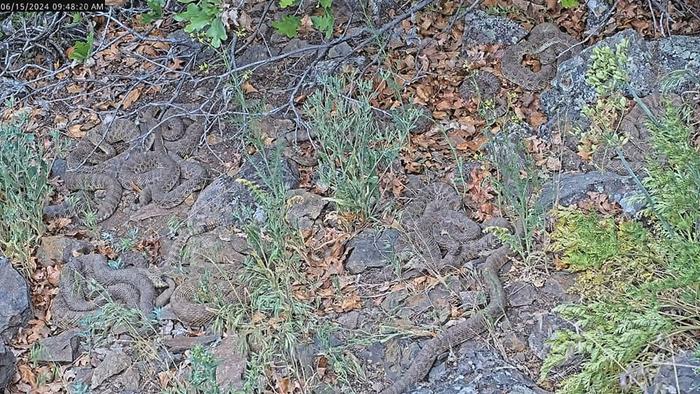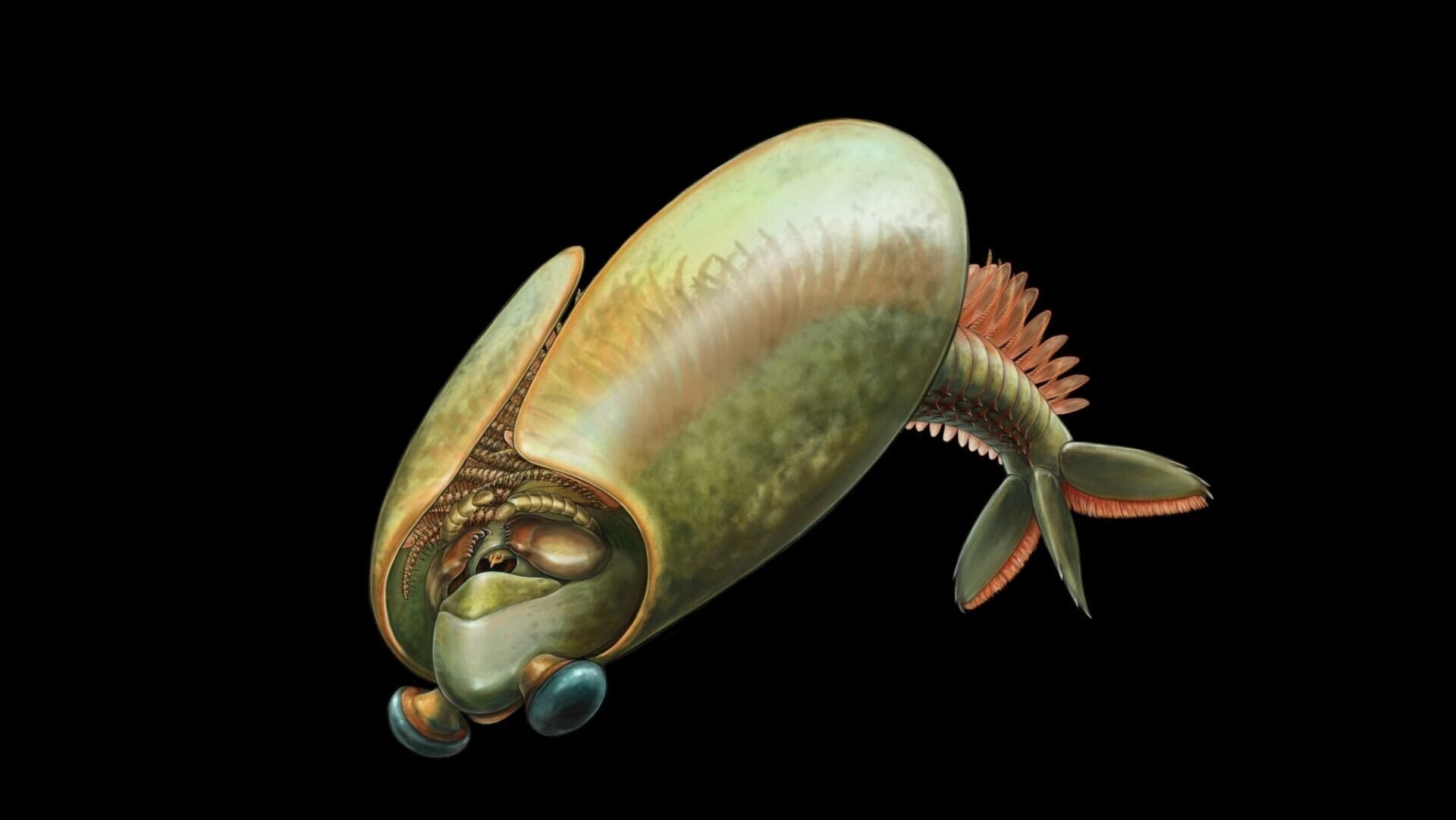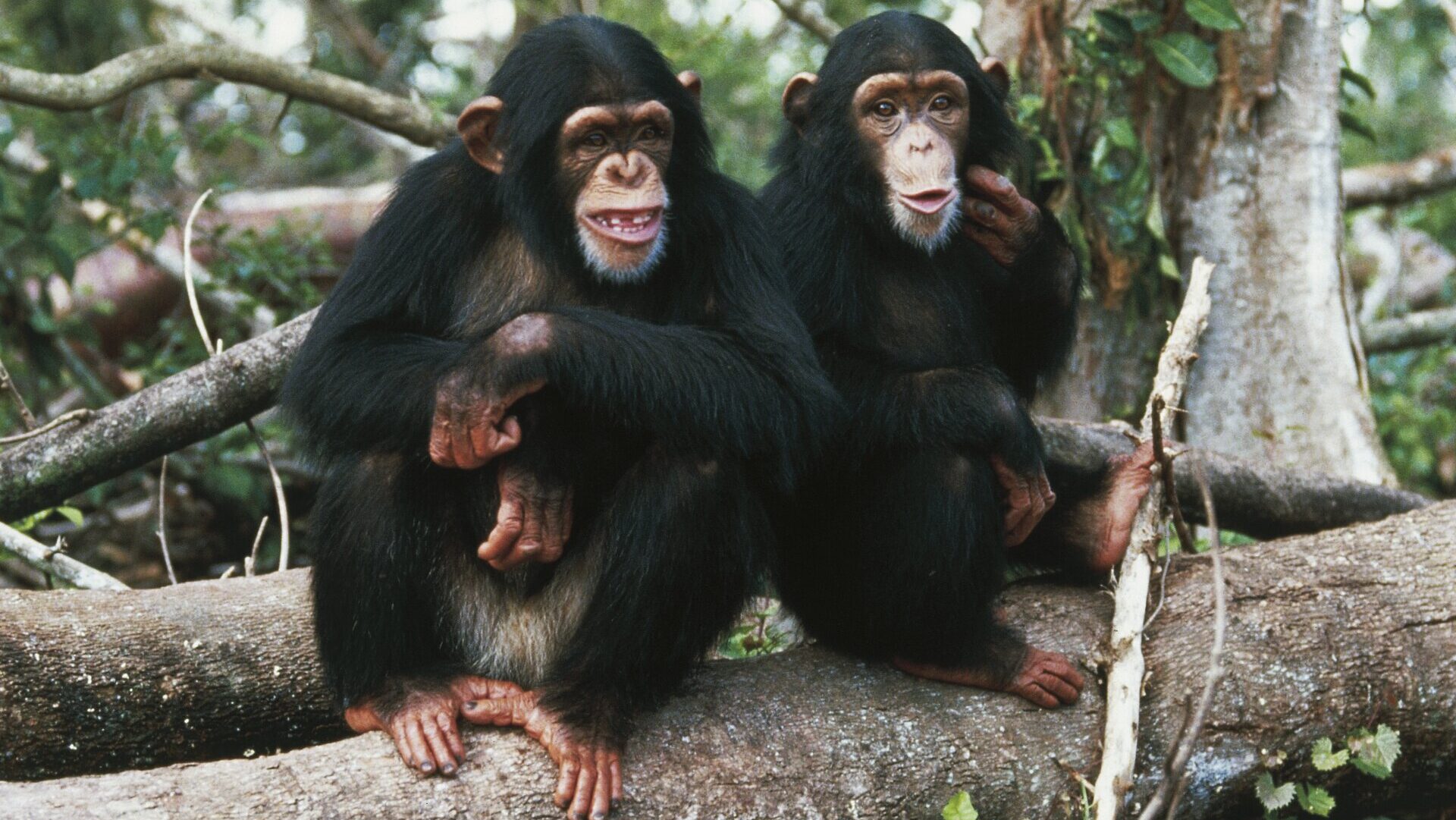Hippos, the fifth-heaviest land mammal, exhibit a surprising gait. A recent study from the University of London’s Royal Veterinary College reveals that these massive creatures briefly become airborne while trotting at higher speeds.
Researchers analyzed footage of 169 strides from 32 different hippos and found no instances of galloping. Instead, these muscular mammals consistently used a trot or near-trot, where their feet strike the ground in diagonal pairs. During this trot, a short aerial phase occurs, with hippos spending approximately 15% of each stride completely airborne at top speeds. This airborne phase was a previously undocumented aspect of hippo locomotion.
This preference for trotting is unusual for large terrestrial mammals. Rhinoceroses and giraffes, for instance, utilize varying footfall patterns at different speeds. Interestingly, this trotting gait may have ancient roots. Separate research suggests that long-necked dinosaurs might have employed a similar gait.
Hippos are semi-aquatic, spending much of their time in water. However, around dusk, they emerge onto land to graze, consuming around 80 pounds of grass throughout the night. Their aquatic habits and potentially aggressive nature present challenges for researchers studying their movement, as noted by John R. Hutchinson, the study’s lead author and an evolutionary biomechanics professor at the Royal Veterinary College.
Studying hippos in captivity is difficult due to their limited time on land, nocturnal activity, and inherent danger. Observing them in the wild presents its own set of challenges, primarily the difficulty of capturing footage of them moving at higher speeds.
Hutchinson acknowledged the niche nature of the research, stating that the question of hippo locomotion hadn’t been thoroughly explored. However, his focus on how large animals face constraints in their land-based movement made this investigation a natural progression of his research.
The study, published in PeerJ, offers new insights into the biomechanics of hippos and sheds light on the unique adaptations these large mammals have developed for terrestrial locomotion.
This research underscores the importance of continued observation and analysis to fully understand the complexities of animal movement. The findings contribute to a broader understanding of how large animals adapt to their environments and overcome physical limitations.



